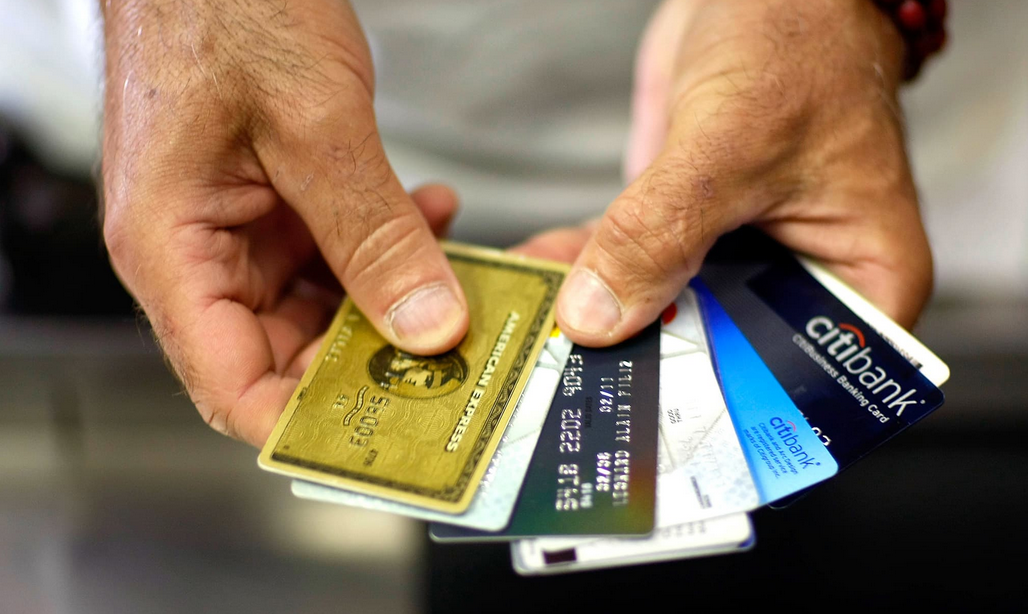With a concerning trajectory, America finds itself grappling with a mounting credit card debt crisis that has the potential to wreak havoc on financial stability. As experts analyze the numbers, it becomes apparent that the nation’s credit card balance has surged past the $1 trillion mark, or is teetering on the edge, depending on whom you ask. This situation is compounded by the fact that the average interest rate on new credit cards has soared to its highest level since the Reaganomics era, standing at a staggering 24 percent.
Painting a distressing picture, it is estimated that the average American household now carries a burdensome $10,000 in credit card debt, shattering previous records. To truly comprehend the gravity of this situation, consider the daunting task of paying off such a substantial debt. Assuming a monthly payment of $250 and a crushing 24 percent interest rate, individuals would find themselves making payments until 2030, and in the end, having shelled out a whopping total of $20,318—twice the initial debt amount. And all of this is under the assumption that the credit card in question remains untouched.
With inflation remaining stubbornly high, Americans are piling up a mountain of credit card debt as they use plastic to offset their shrinking purchasing power. https://t.co/ciRbHYL21F
— CBS Mornings (@CBSMornings) May 24, 2023
Ted Rossman, a senior industry analyst at Bankrate.com, offers a bleak assessment of the impact of exorbitant interest rates on wealth accumulation. “It’s hard to build wealth when you’re paying 20 percent interest every month,” he warns, highlighting the substantial roadblock many Americans face as they strive to achieve financial prosperity.
According to the Federal Reserve, the nation’s credit card debt currently stands at a staggering $986 billion, witnessing a jaw-dropping increase of $250 billion over the course of just two years. However, some estimates paint an even grimmer picture. A recent WalletHub report places total card debt at a staggering $1.2 trillion as of the close of 2022, indicating a more alarming state of affairs than previously believed.
Interestingly, just a mere two years ago, the national credit card narrative appeared to be moving in the opposite direction. Card balances experienced a decline from roughly $850 billion at the outset of 2020 to less than $750 billion in the spring of 2021. This downward trend coincided with a period of frugal spending during the pandemic and the distribution of federal stimulus payments, both of which contributed to the overall reduction in credit card debt.
The sudden reversal in this trend raises significant concerns about the underlying factors propelling the surge in credit card debt. Are Americans slipping back into old spending habits? Are rising living costs forcing individuals to rely more heavily on credit cards as a means of survival? Is the nation on the precipice of an imminent financial crisis?
As these questions loom large, it becomes crucial for individuals to take control of their financial well-being. Prioritizing responsible spending, implementing effective budgeting techniques, and exploring viable strategies to pay off credit card debt should top the list. Seeking guidance from financial professionals and investigating alternative solutions to alleviate the burden of high-interest credit card balances are vital steps in reclaiming financial freedom.
In conclusion, America faces an urgent and formidable challenge as credit card debt surpasses the $1 trillion threshold, while interest rates soar to unprecedented levels. The implications of this mounting debt extend far beyond individuals and households, potentially destabilizing the entire economy. By confronting these challenges head-on and adopting prudent financial practices, Americans can chart a path towards a brighter and more secure future.

